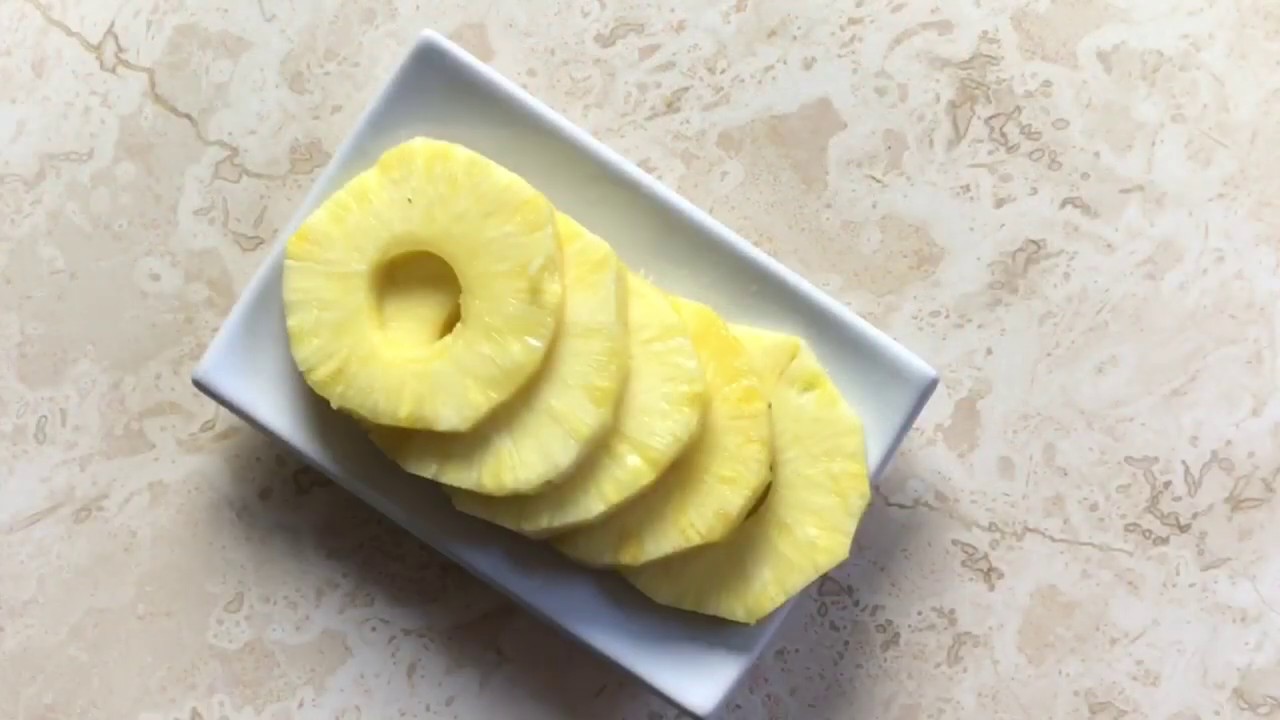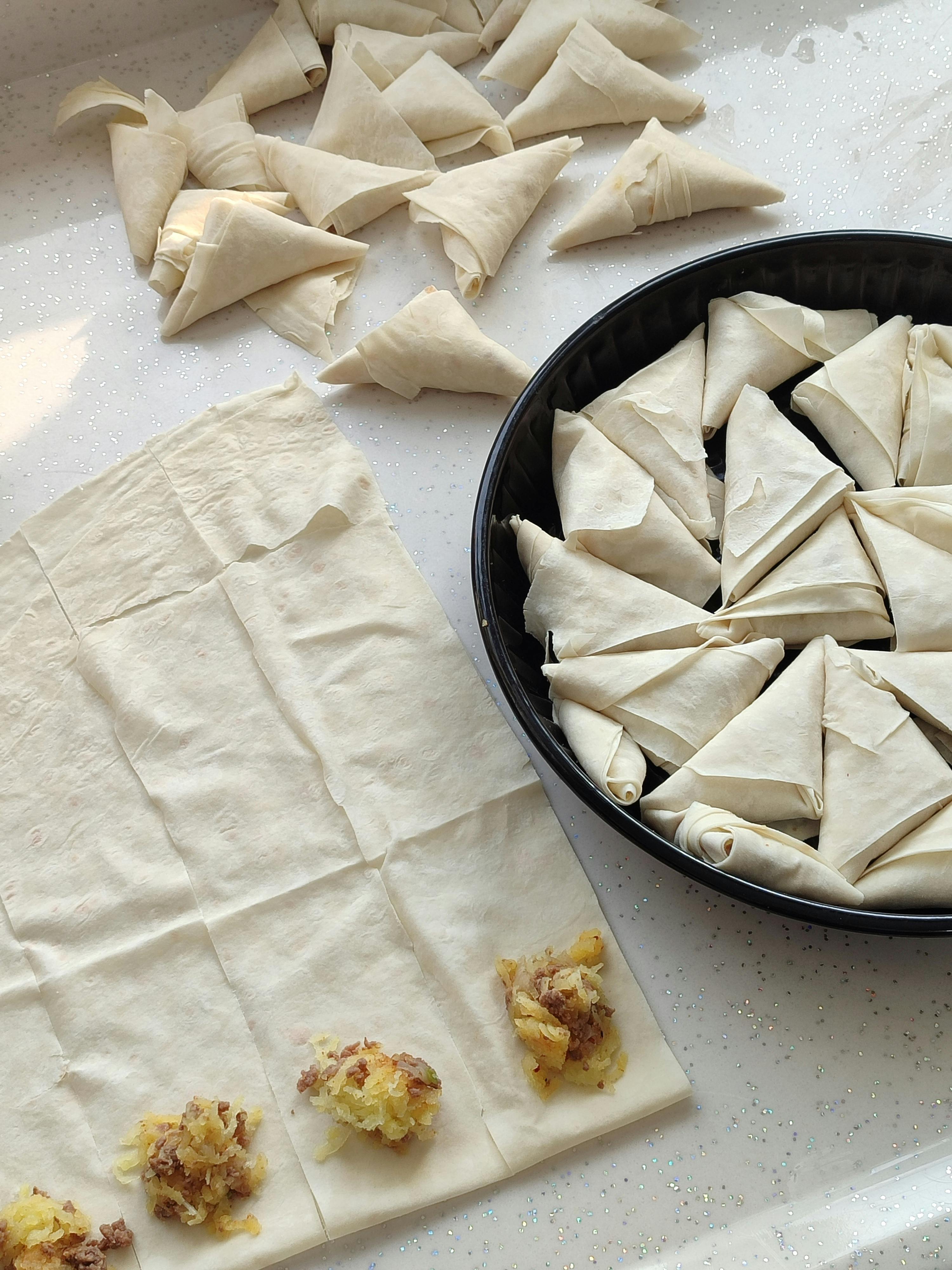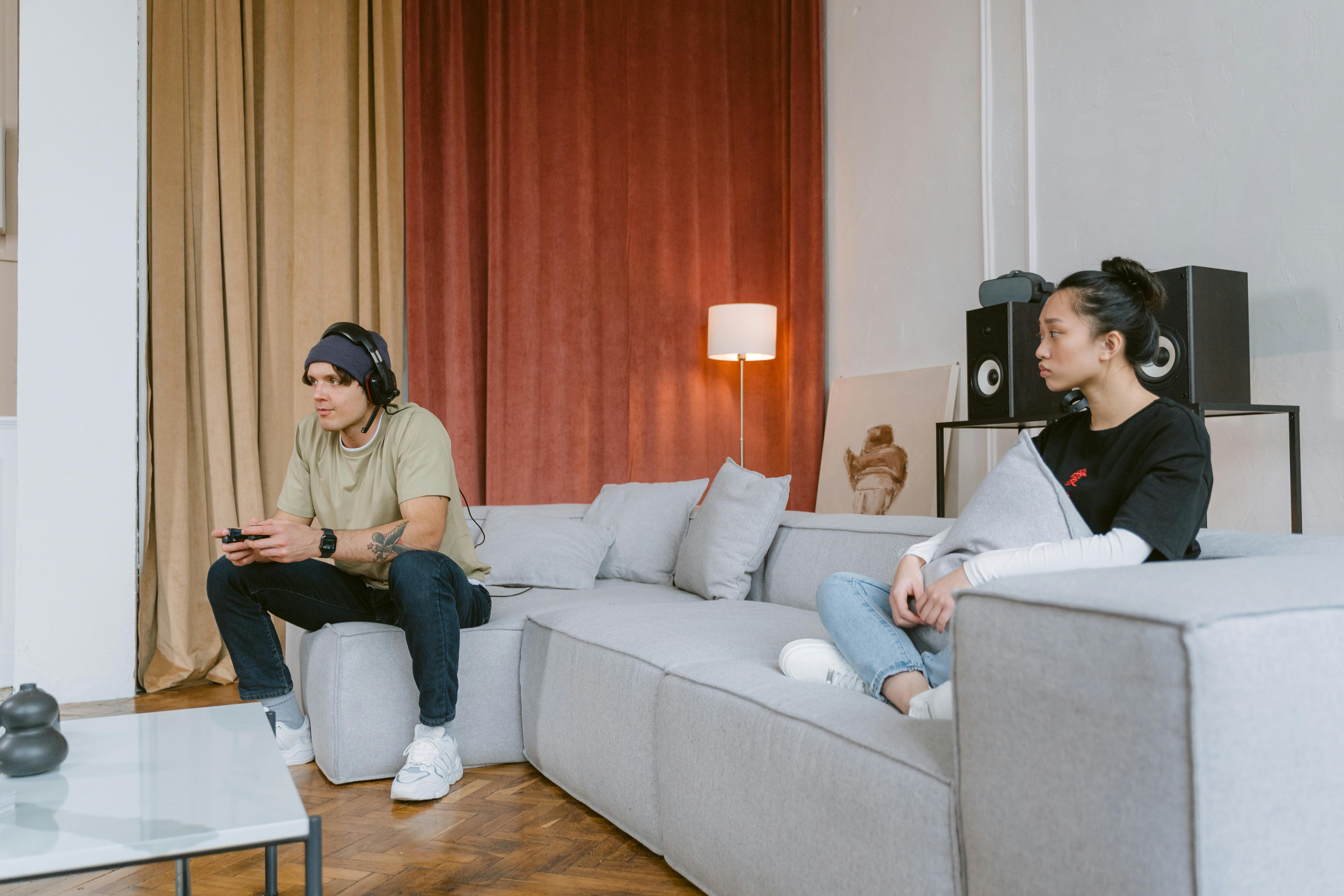Effective Ways to Shade: Enhance Your Art in 2025!

Effective Ways to Shade: Enhance Your Art in 2025!
Shading is a fundamental technique that elevates the quality of artwork, adding depth and dimension. As artists explore various shading methods, from traditional pencil and charcoal to modern digital techniques, understanding the nuances of these techniques can significantly enhance the final output. In this article, we will delve into effective ways to apply shading techniques, focusing on gradient shading, color blending, and more, ensuring that your art stands out.
Whether you are a beginner or looking to refine your skills, knowing how to manipulate light and shadow is crucial. The exploration of various shading tools and styles equips artists with the capability to create stunning illustrations that resonate with viewers. We’ll cover practical shading exercises, tips, and tutorials that are highly relevant in today's art scene, especially in 2025, as the digital realm continues to evolve.
By the end of this article, you'll be well on your way to mastering shading techniques that can transform your art. Let's dive in!
Mastering Shading Techniques: A Comprehensive Approach
Building on the basics of shading, mastering various techniques allows artists to create more intricate and visually appealing works. Shading can be approached through various mediums, whether by traditional means such as pencil and charcoal or through digital methods. Each technique offers unique advantages that cater to different artistic styles and personal preferences.
Understanding Shading Basics
Before diving into specific shading techniques, it’s essential to grasp the fundamentals. Shading is primarily concerned with the manipulation of light and shadow. Recognizing the light source in your artwork can dictate how you apply shadows and highlights, ultimately shaping the viewer's perception.
To start, consider experimenting with basic shapes. Create simple spheres, cubes, or cones and practice shading them based on a designated light source. This exercise will help you visualize the relationship between light and shadow, forming the foundation for more complex ideas in your artwork.
Additionally, explore different shading materials like pencils, charcoal, and pastels, each of which offers distinct shading qualities. Understanding these materials can vastly improve your shading technique as you learn to manipulate them to create the desired effects.
Gradient Shading for Depth and Dimension
Gradient shading is crucial for adding depth and dimension to your artwork. This technique involves the gradual transition between light and dark values, creating a smooth gradient that gives a three-dimensional effect. To implement gradient shading effectively, start by identifying the light source, as this will dictate the gradual transition of your shading.
Utilize blending tools or your fingers to soften the edges of your gradient. When using colored pencils, for instance, build up layers gradually, applying a lighter shade first and then overlaying darker shades progressively. The key is to maintain the fluidity of transitions between shades.
A good exercise to practice gradient shading is to create color charts, where you gradually shift from one color to another. This not only assists in understanding blending techniques but also helps in developing personal color palettes that can be used in future artworks.
Exploring Different Shading Styles and Techniques
With the groundwork laid, artists can explore various shading styles that suit different genres of art, from realistic portraits to abstract pieces. Each style has distinctive features and exploring them can broaden your artistic repertoire.
Pencil Shading: Classic Techniques
Pencil shading remains one of the most traditional and widely practiced forms of shading in art. It’s versatile and can convey a range of textures effectively. The key techniques in pencil shading include hatching, cross-hatching, and stippling. Hatching involves drawing parallel lines to create shadows, while cross-hatching uses intersecting lines for deeper shading effects.
To achieve realistic shading effects, pay attention to the pressure applied to the pencil; lighter strokes yield softer shadows, while more pressure results in darker shades. Regular practice with these techniques will help you develop your unique style and improve precision in shading.
Charcoal Shading: Rich Textures and Contrast
Charcoal is favored for its ability to create rich, deep textures and stark contrasts in shading. It allows for dramatic effects and is particularly effective for portraying emotion in art. When working with charcoal, don’t hesitate to embrace the messiness—it can contribute to the overall impact of the artwork.
Charcoal shading techniques involve applying broad strokes for the initial layers, followed by detailed work using a blending stump. Experiment with different pressures to achieve varied textures; loose, heavy application can create bold shadows, while soft, blended areas can exhibit subtlety in highlights.
Digital Shading Techniques: The Future of Art
In the digital realm, shading techniques have advanced dramatically, offering artists an array of tools for creating stunning effects. Programs like Adobe Photoshop and Procreate offer features to streamline the shading process, allowing for precise adjustments and complex layering.
Shading with Digital Tools: Emulating Traditional Techniques
Digital shading can mimic traditional techniques through the use of various brushes and tools designed to replicate the effects of pencil, charcoal, or paint. Utilize soft brushes for gradient effects and hard-edged brushes for details and sharper contrasts. Layering is fundamental in digital shading; create separate layers for shadows and highlights to easily adjust opacity and blending without affecting the entire piece.
Experimentation is key in digital shading. Play with opacity settings and brush customization to develop unique styles – there truly are endless possibilities with digital tools.

Color Blending in Digital Art
Color blending is essential when creating depth and realism in your digital artwork. Using color palettes effectively can play a significant role in the overall aesthetics of your piece. Start with flat colors and use blending techniques to create transitions and shadows, enhancing the three-dimensionality.
Techniques like airbrushing can create soft gradients, while traditional brush techniques can provide distinct textures. Always use layers wisely and do not be hesitant to experiment, as digital art allows for easy revision and modification!
Shading Exercises: Practicing for Proficiency
Regular practice is crucial in honing your shading skills. Engaging in targeted shading exercises can help solidify your knowledge and improve your technique over time. Whether you are a beginner or looking to refine your skills, continuous practice ensures steady improvement.
Common Shading Exercises to Improve Skills
Begin with simple exercises such as shading basic shapes to understand light fall and shadow creation. Progress to more complex subjects like household items, draped fabric, or human figures to challenge your results and enhance your understanding of shading theory.
Consider taking on a project that involves different shading styles across various mediums. For example, sketch a character using pencil and then recreate it digitally, applying the shading techniques suited for each medium. This not only improves adaptability but also enriches your artistic style.

Conclusion: The Path to Mastery in Shading
As we move deeper into 2025, embracing effective shading techniques becomes essential for creating compelling art. From understanding shading basics to employing advanced digital tools, there are various methods and practices that can empower artists to achieve their desired results. Whether you are exploring classical styles with charcoal and pencil or pioneering new approaches in the digital space, consistent practice and experimentation will be your best allies.
By integrating these effective ways to shade and refining your skills, you can enhance your artistic capabilities significantly. Keep exploring, keep creating, and remember that every piece is a step towards mastery.